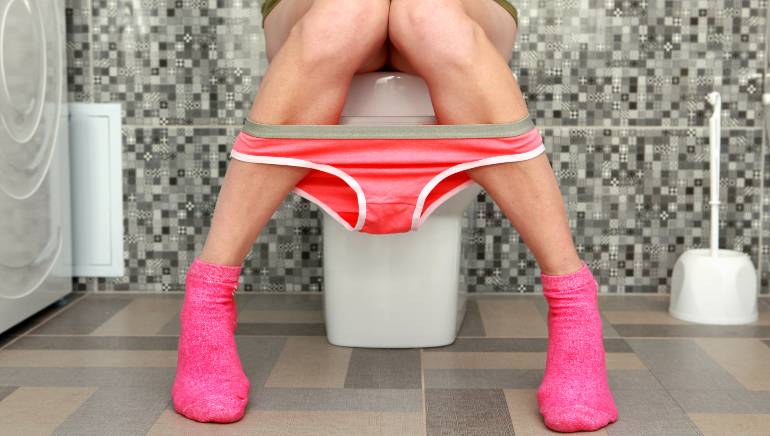Chat with ![]()

Chat with ![]()


We try to avoid public restrooms as much as possible because they can be simply gross. The thought of germs on the toilet seat of restrooms in office, hotels or restaurants is probably the reason why many people spend as little time as possible there. And if toilets are not maintained properly, you might end up with an infection. You might catch bacterial or viral infections by just sitting on a toilet seat that’s not clean. Read on to find out which all infections you can get from a toilet seat and some preventive measures you can take.
If your body comes in contact with a dirty toilet seat, you might catch some infections.

E. coli is a bacteria that can be found in fecal matter, says obstetrician and gynaecologist Dr Swetha MP. It may cause gastrointestinal issues if it comes in contact with mucous membranes or enters your body.
It is a bacteria that can lead to food poisoning. It may be present on public toilet seats, and due to fecal contamination, you might get infected.
Norovirus can cause gastroenteritis and is highly contagious, says the expert. It may survive on surfaces for an extended period, including toilet seats.
Influenza viruses can survive on surfaces and may be transmitted if a person comes into contact with contaminated surfaces and then touches their face.
Fungi that causes ringworm can survive on surfaces like toilet seats. It may cause skin infections upon contact.
Pinworm eggs can easily survive on surfaces. They may lead to infection if they come into contact with the mouth.

Staph bacteria, including methicillin-resistant staphylococcus aureus, may cause skin infections if they enter cuts or abrasions.
Generally, the risk of contracting sexually transmitted infections (STIs) from a toilet seat is extremely low, says Dr Swetha. Most sexually transmitted infections are primarily transmitted through direct sexual contact and not through contact with inanimate objects like toilet seats. The viruses responsible for STIs, such as HIV, herpes, and others, cannot survive for long outside the human body, explains the expert.
As for urinary tact infections or UTIs, public toilet seats don’t really cause them. Holding your pee may be linked with an increased chance of getting an infection.
The risk of infections from your own toilet seat is much lower than from public toilet seats. In most cases, your own toilet seat is exposed to your own flora and poses minimal risk of transmitting infections, says the expert.
Some like to squat on a toilet seat to avoid getting infections. But it can be dangerous, as it can increase the risk of falls and injuries. You can do the following to prevent infections from toilet seats –
Clean and disinfect toilet seat before using to reduce the risk of infections. Carry a toilet seat sanitiser spray with you if you often use public toilets.

Practice good personal hygiene such as washing hands thoroughly with soap and water after using the toilet, says the expert.
When using public toilets, consider using disposable toilet seat covers. Try not to use tissues to layer the toilet seat, as these can lead to rashes or redness.
Apart from avoiding direct contact with the toilet seat, especially if it appears dirty, maintain up-to-date vaccinations, especially for preventable diseases like influenza.
The risk of infections from toilet seats is generally low. But focusing on overall hygiene practices is key to preventing various infections.
Get Latest Updates on Intimate Health, Feminine Hygiene, Menstruation, Sexual Health